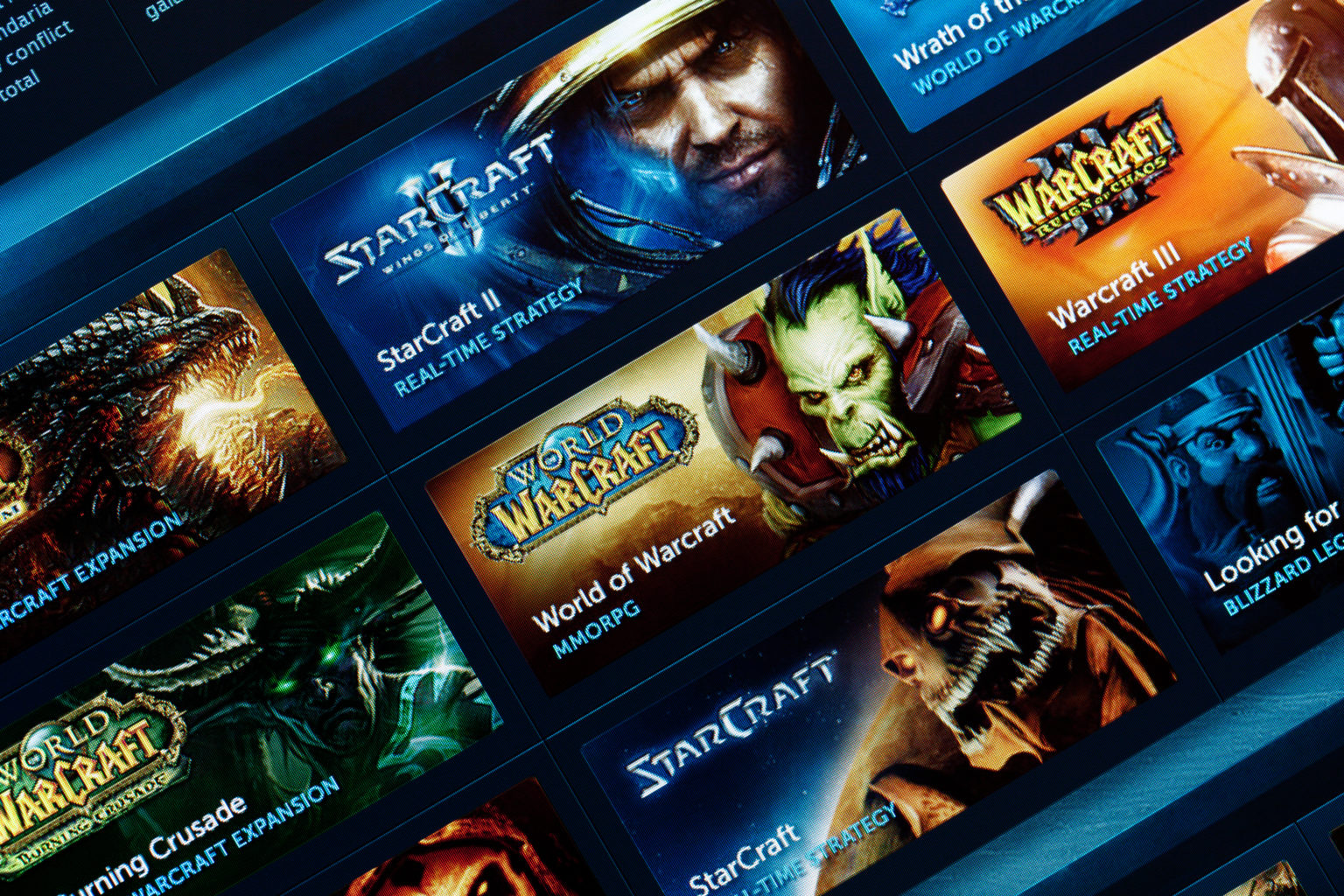At the” Future of Search” event held at San Francisco yesterday, Google celebrated its 20th anniversary announcing a variety of new features to Google Search engine. Their proprietary search engine uses sophisticated machine learning, computer vision, and data science. The focus of this event was Artificial Intelligence and making new features available on a smartphone.
Let’s look at what all was announced.
Activity Cards on Google Discover
Perhaps the most significant feature, is the Google Discover which is a completely revamped version of Google Feed. Google Feed is the content discovery news feed available in the dedicated Google App and on the Google’s homepage. Now, it has got a new look, brand, and feel. It features more granular controls over content that appears.
A new feature called activity cards will show up in a user’s search results if they've done searches on one topic repetitively. This activity card will help users pick up from where they left off their Google Search. Users can retrace their steps to find useful information that they have found earlier and might not remember which sites had that. Google Discover starts with English and Spanish in the U.S. and will expand to more languages and countries soon.
Collections in Google Search
Collections in Google Search can help users keep track of content they have visited, such as a website, article, or an image, and quickly get back to it later. Users can now add content from an activity card directly to Collections. This makes it easy to keep track of and organize the content to be revisited.
Dynamic organization with Knowledge graph
Users will see more videos and fresh visual content, as well as evergreen content—articles and videos that aren’t new to the web, but are new to you. This feature uses the Topic Layer in the Knowledge graph to predict level of expertise on a topic for a user and help them further develop those interests. The Knowledge Graph can intelligently show relevant content, rather than prioritizing chronological order. The content will appear based on user engagement and browsing history.
The Topic Layer is built by analyzing all the content that exists on the web for a given topic and develops hundreds and thousands of subtopics. It then looks for patterns to understand how these subtopics relate to each other, to explore the next content a user may want to view.
AMP Stories
Google will now use Artificial Intelligence to create AMP stories, which will appear in both Google Search and image search results. AMP Stories is Google’s open source library that enables publishers to build web-based flipbooks with smooth graphics, animations, videos, and streaming audio.
Featured Videos
The next enhancement is Featured Videos that will semantically link to subtopics of searches in addition to top-level content. Google will automatically generate preview clips for relevant videos, using AI to find the most relevant parts of the clip.
Google Lens
Google has also improved its image search algorithm due to which images will now be sorted by the relevance of the web results they correspond to. Image search results will also contain more information about the pages that they come from.
They also announced Google Lens, its visual search tool for the web. Lens in Google Images will analyze and detect objects in snapshots and show relevant images.
Better SOS Alerts
Google is also updating their SOS Alerts on Google Search and Maps with AI. They will use AI and significant computational power to create better forecasting models that predict when and where floods will occur. This information is also intelligently incorporated into Google Public Alerts.
Improve Job Search with Pathways
They are also improving their job search with AI by introducing a new feature called Pathways. When someone searches for jobs on Google, they will be shown jobs available right now in their area, but also be provided with information about effective local training and education programs.
To learn in detail about where Google is headed next, read their blog Google at 20.
Policy changes in Google Chrome sign in, an unexpected surprise gift from Google
The team also announced a policy change in Google's popular Chrome browser which was not taken well. Following this, the browser automatically logs users into Chrome using other Google services. This has got people worried about their privacy as this can lead to Google tracking their browsing history and collecting data to target them with ads.
Prior to this unexpected change, it was possible to sign in to a Google service, such as Gmail, via the Chrome browser without actually logging in to the browser itself.
Adrienne Porter Felt, engineer, and manager at Google Chrome has however clarified the issue. She said that the Chrome browser sign in does not mean that Chrome is automatically sending your browsing history to your Google account. She further added, “My teammates made this change to prevent surprises in a shared device scenario. In the past, people would sometimes sign out of the content area and think that meant they were no longer signed into Chrome, which could cause problems on a shared device.”
Read the Google clarification report on the Reader app.
The AMPed up web by Google.
Google announces Flutter Release Preview 2 with extended support for Cupertino themed controls and more!
Pay your respects to Inbox, Google’s email innovation is getting discontinued.
Read more
 United States
United States
 Great Britain
Great Britain
 India
India
 Germany
Germany
 France
France
 Canada
Canada
 Russia
Russia
 Spain
Spain
 Brazil
Brazil
 Australia
Australia
 South Africa
South Africa
 Thailand
Thailand
 Ukraine
Ukraine
 Switzerland
Switzerland
 Slovakia
Slovakia
 Luxembourg
Luxembourg
 Hungary
Hungary
 Romania
Romania
 Denmark
Denmark
 Ireland
Ireland
 Estonia
Estonia
 Belgium
Belgium
 Italy
Italy
 Finland
Finland
 Cyprus
Cyprus
 Lithuania
Lithuania
 Latvia
Latvia
 Malta
Malta
 Netherlands
Netherlands
 Portugal
Portugal
 Slovenia
Slovenia
 Sweden
Sweden
 Argentina
Argentina
 Colombia
Colombia
 Ecuador
Ecuador
 Indonesia
Indonesia
 Mexico
Mexico
 New Zealand
New Zealand
 Norway
Norway
 South Korea
South Korea
 Taiwan
Taiwan
 Turkey
Turkey
 Czechia
Czechia
 Austria
Austria
 Greece
Greece
 Isle of Man
Isle of Man
 Bulgaria
Bulgaria
 Japan
Japan
 Philippines
Philippines
 Poland
Poland
 Singapore
Singapore
 Egypt
Egypt
 Chile
Chile
 Malaysia
Malaysia















